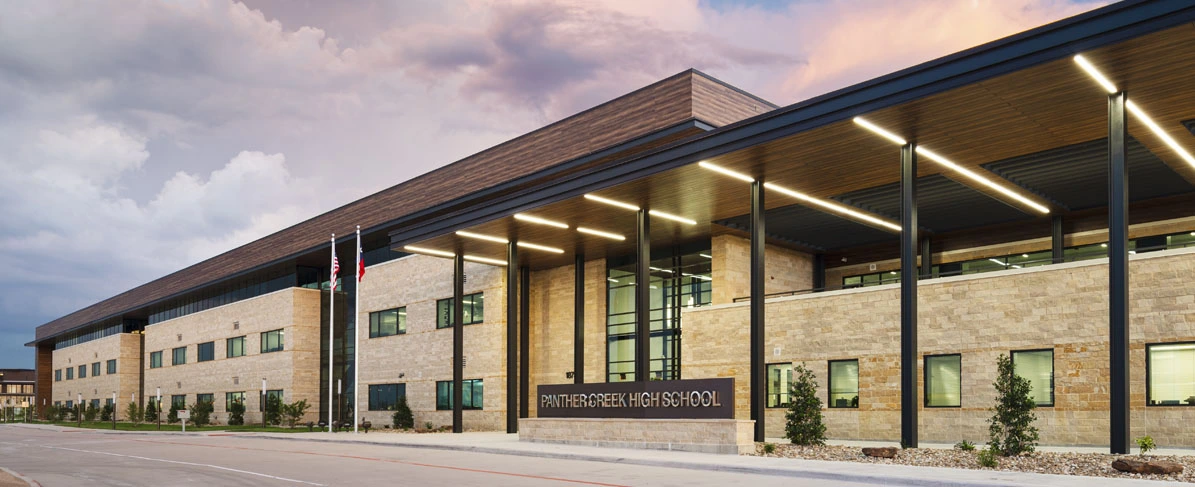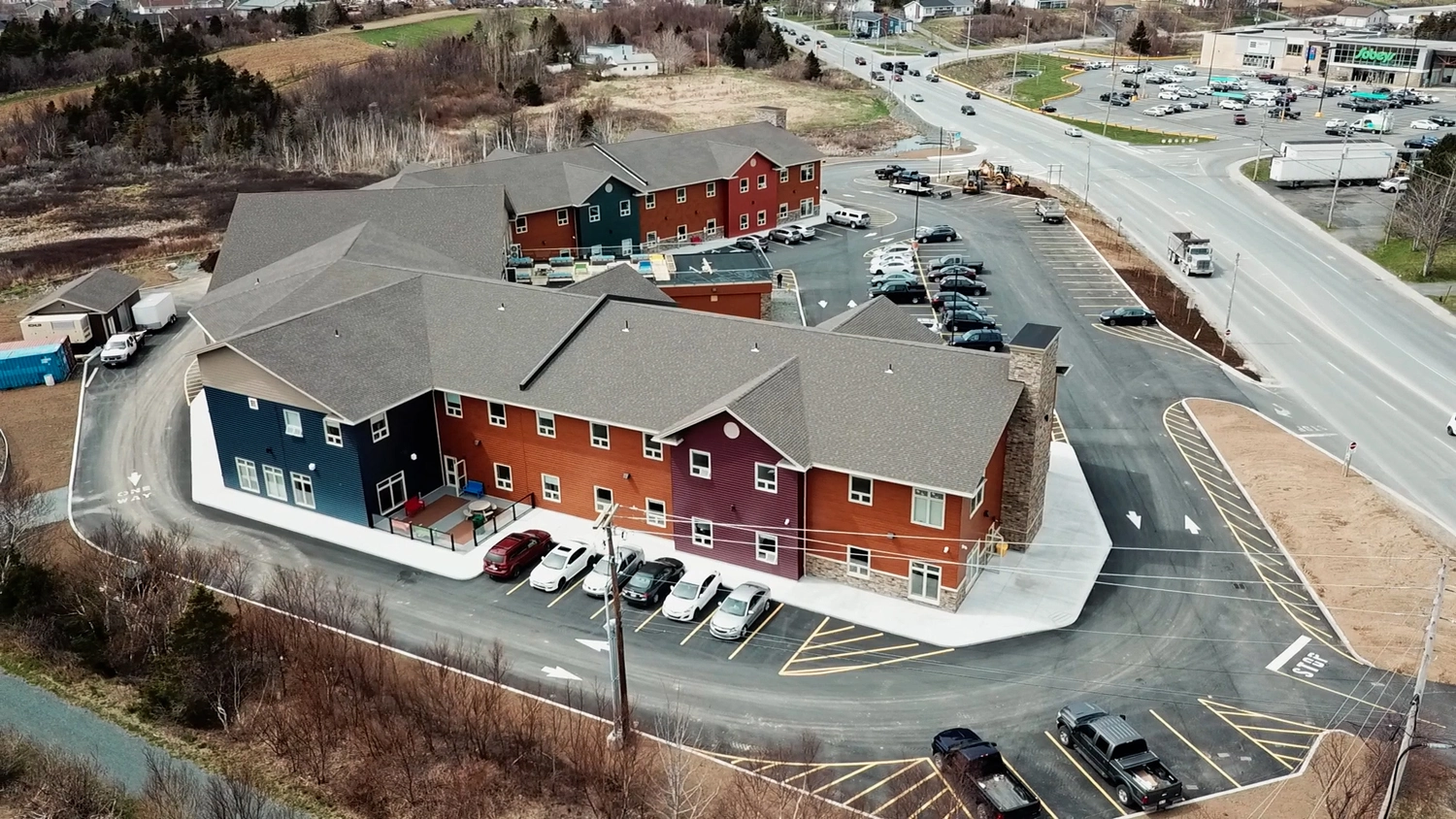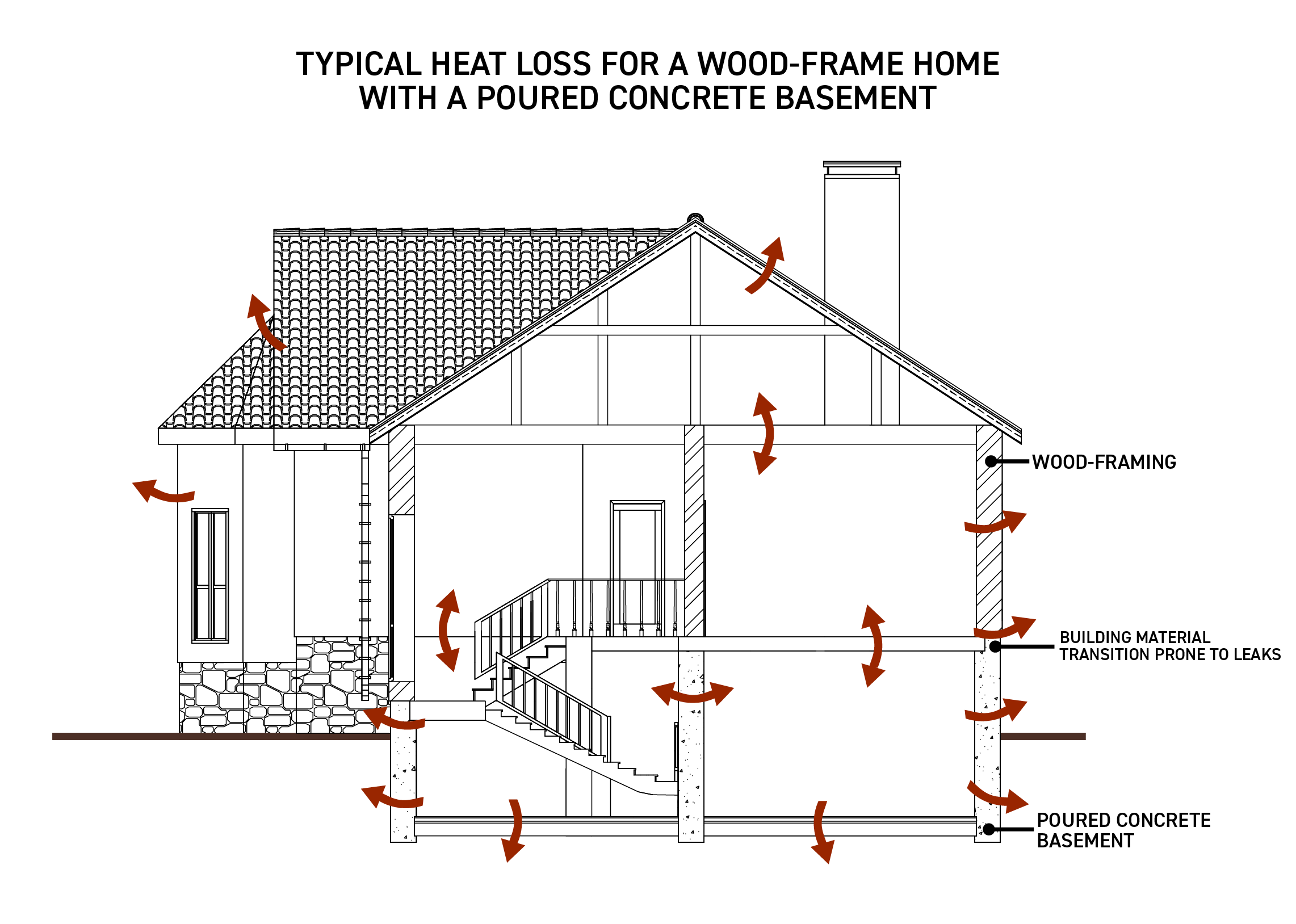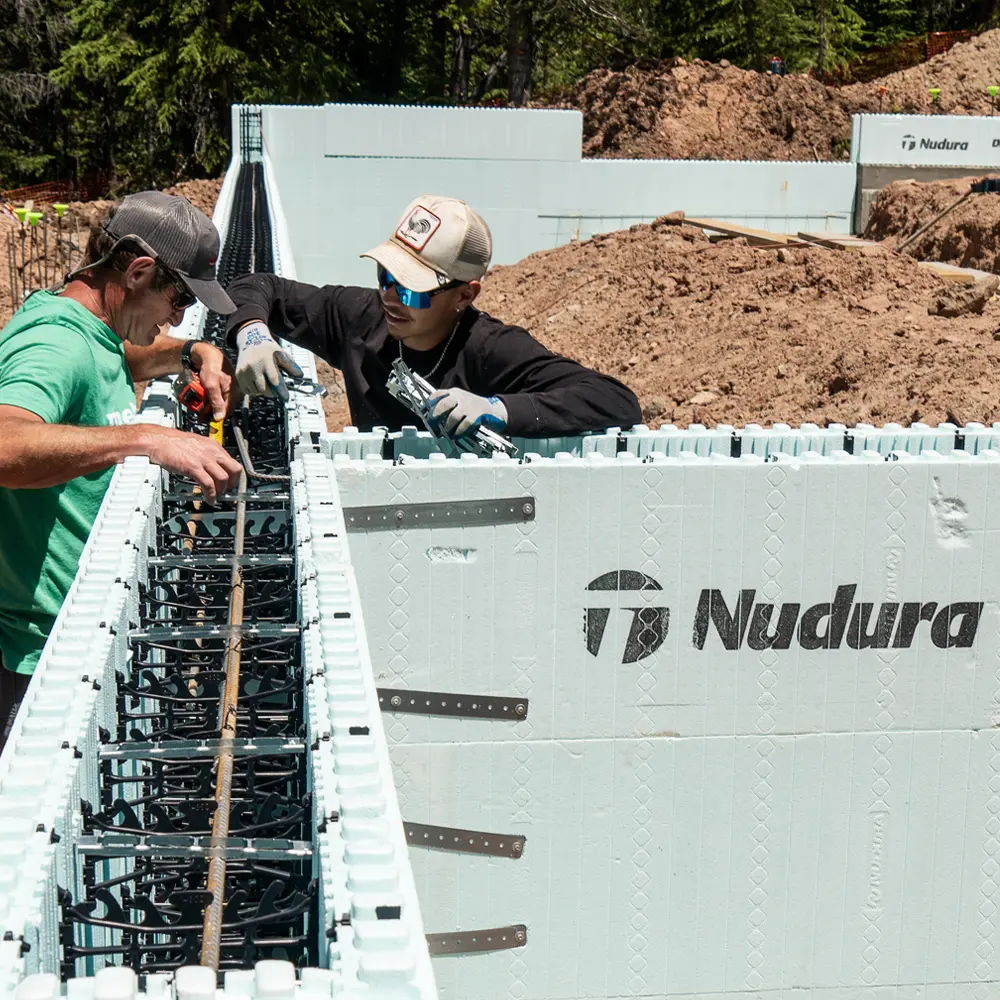

“Efficiency" is today’s buzzword in the architecture and construction industries, but what does it actually mean to build an efficient structure? And why would you want an efficient building anyway?
For owner-occupied spaces in the hospitality, multi-family residential, educational and medical sectors, construction and operational costs go hand in hand. Outside of the environmental perks of efficient buildings, there are financial benefits that relate back to the structure’s energy demands, interior comfort, longevity and ROI. This blog post explores the current challenges in property management as well as the advantages and strategies to optimize building performance.
Large commercial projects like hospitals, hotels, apartments and office buildings are valuable assets that owners want to last for decades with minimal maintenance. These structures are often occupied year-round, so they face substantial wear and tear. But with the ongoing operations, significant renovations need to be strategically planned to minimize disruption and avoid displacing tenants. Even still, these upgrades can be expensive and a logistical nightmare.
Unfortunately, it is still commonplace for these types of facilities to undergo months-long renovations, whether to repair their façade, fix leaking windows or remediate mold. These challenges can threaten the building’s integrity, health and safety of the community, as well as the owner’s reputation and financial stability.
 What is Building Efficiency?
What is Building Efficiency?Building efficiency ties into every aspect of a building’s lifecycle and requires a coordinated effort of the owners, architect and contractors to ensure the sustainable design approach is executed properly.
As part of the initial phase of construction, efficiency relates to raw material acquisition, product manufacturing, freight as well as building material installations. Once onsite, efficiency can be measured in time, labor, fuel, the quantity of products needed, water usage, material waste and equipment use. These items may be needed once the building is operational too for any damage remediation. Consequently, mitigating the need for repairs, renovations and reconstruction helps a structure be more efficient. During occupancy, the building’s use of water, lighting and mechanical systems also factor into its efficiency.
Construction efficiency requires strategic planning to balance upfront costs with long-term sustainability. Not necessarily in terms of being eco-friendly, but to the extent that a building can sustain itself for long periods of time. Cutting corners for the sake of time or money in the short-term may not pay off in the long run and lead to premature failure of building components. Therefore, comprehensive efficiency looks at the structure’s entire lifecycle to benefit the building’s energy usage, interior comfort and occupant satisfaction, longevity and ultimately the financial return on investment.
Uncontrolled air movement between conditioned spaces and external areas is costly. In fact, according to the U.S Department of Energy, air leakage accounts for 6% of the energy used by commercial buildings in the United States. Energy efficiency of the structure correlates with an airtight building envelope, proper connections and compatibility between building materials, adequate insulation, minimal thermal bridging, optimized HVAC systems and high-efficiency lighting and appliances.  All of these elements affect how much energy the building uses to maintain its interior temperatures. The more energy that is spent to heat or cool a structure to accommodate building leaks and poor thermal performance, the more money that’s wasted on utility bills.
All of these elements affect how much energy the building uses to maintain its interior temperatures. The more energy that is spent to heat or cool a structure to accommodate building leaks and poor thermal performance, the more money that’s wasted on utility bills.
An energy-efficient building contributes to a more consistent indoor climate for occupants. This stability that comes from an air- and watertight structure also reduces the risk of leaks and mold growth, which can be harmful for the indoor air quality. A hazardous living and working environment is especially critical in schools and hospital settings where health and safety is of the utmost importance. This situation can be highly detrimental to the reputation of the building owner and their brand.
Alternatively, a building free from these concerns and frequent, disruptive building maintenance will see improved tenant satisfaction. For a hotel, apartment building or office space, this sentiment increases occupant retention, minimizing turnover and vacancies.
Efficient building practices also increase the longevity of a building by improving its structural resilience. Especially in locations prone to extreme weather, a structure should be prepared to withstand anticipated movement, impact, wind and water. Resilient construction reduces the risk for building damage and reconstruction so it can remain safely operational for longer.
As building efficiency minimizes energy bills, occupant turnover, building upkeep and the risk of costly repairs, it also can help financially. For owners choosing to sell the building, the reinforced quality increases the property value. For owners seeking to keep their property, constructing a high-performance building enables them to hold onto the asset for longer and at a lower operational cost, which speeds and increases the ROI.
 How to Build an Efficient Structure
How to Build an Efficient StructureTo attain these long-lasting benefits for your structure, design and build it right the first time. Sustainable building solutions are more affordable and accessible now than ever before, so incorporate them into the budget in the initial stages of construction. Similarly, as some legislations begin to mandate hazard mitigation and energy performance tactics in new buildings, starting with these enhanced quality standards saves on time and costs spent later to retrofit the structure to meet these markers.
A report from the National Institute of Standards and Technology (NIST), ASHRAE, Oak Ridge National Laboratory (ORNL), and the Air Barrier Association of America (ABAA) found that one of the most cost-effective ways to decrease energy loads is by improving airtightness.
Continuous insulation is a great strategy for mitigating thermal bridging that makes buildings less energy efficient. This can be achieved by constructing load-bearing walls with Insulated Concrete Forms (ICFs) or using Exterior Insulation and Finishing Systems (EIFS) for the building’s façade. Not only do these building materials add necessary thermal efficiency, they also speed the construction process. ICFs provide interior and exterior insulation with the structural building components in one system. EIFs can be field-applied or panelized for a durable exterior finish in infinite colors and textures.
In addition, making the connections between building systems is critical for a leak-free and airtight building envelope. Using flexible sealants and compatible materials that can withstand the elements and the project’s expected movement will help minimize maintenance concerns and thermal transfer.
Ultimately, by investing in higher quality, robust building materials, structures will perform more efficiently and be more resilient, preventing expensive remediation or tear-down costs down the line.